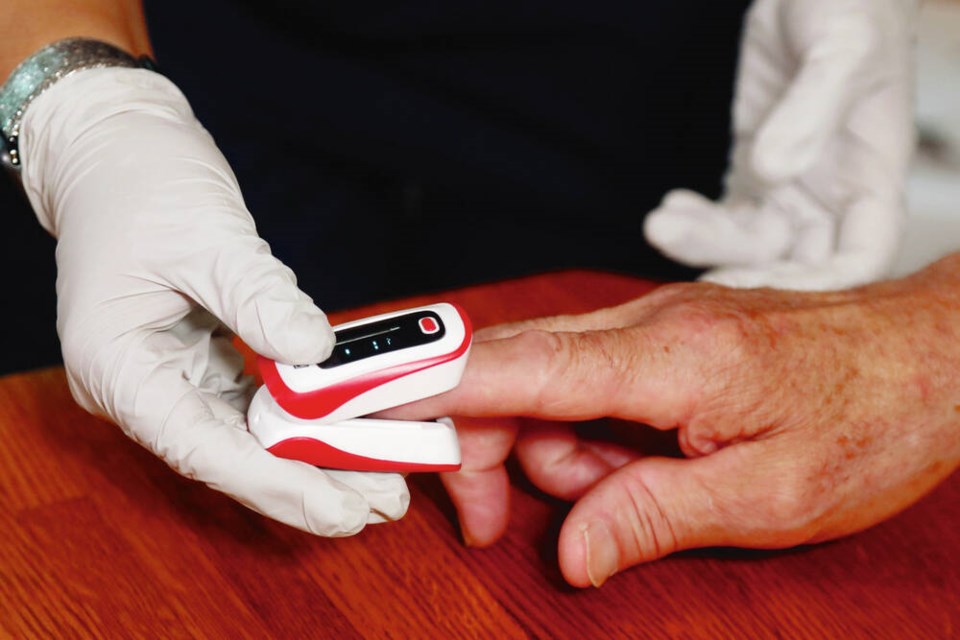The evolving physician shortage in B.C. and elsewhere in Canada is receiving a great deal of media attention. Most of the solutions proposed involve making it more attractive for doctors to practise here.
There is an alternative. I firmly believe that if certain barriers were overcome, we could have comprehensive, patient-focused primary health care for people of all ages with better utilization of nurse practitioners.
So what are some of the barriers that NPs face, and why are they not more widely used?
The public, doctors and health care administrators do not realize their full scope of practice and may not trust that they are as well trained as doctors in diagnosing and treating disease. According to Dr. Susan Prendergast, an NP professor at the University of Victoria, “the evidence strongly shows that their care is equal to or better than that of family physicians and is significantly more cost-effective”.
NPs are master's-prepared nurses who are trained and licensed to autonomously diagnose and treat illness. They can order and interpret lab tests and x-rays, prescribe medications and perform many medical procedures.
They are trained to treat you as a whole person, to consider your health’s impact on your family and community, and to teach you about disease prevention and promotion of good health. They can also assist people with management of chronic illnesses such as diabetes or Alzheimer’s Disease.
They work in medical clinics, community health centres, hospitals, long-term care settings and outpatient clinics. Most are hired on a salary, which in Canada is estimated to be $98,000 annually. There are currently about 7,140 licensed NPs in Canada.
A recent NP client commented that “Following my NP doing my annual physical and lab work, I had an extensive interview with her, and I felt like I was really being listened to. My doctor retired, and now my NP does everything he did except surgery. I find that with the other members in her team practice, I get care that is complete, efficient and timely.”
Another major barrier is the current hiring practices of NPs. Most are hired on contracts, with inadequate compensation that does not include benefits such as health care and maternity leave.
Prendergast noted, “many leave high-paying nursing positions only to discover that after expenses, they are actually working much harder for less pay.”
A third barrier exists in the education of NPs. Because there are too few practicing nurse practitioners in the province, practicum placements for students are at a premium, thereby limiting enrollment size. The government had planned to double the number of enrollees in B.C., but nursing schools are unable to comply. Physicians can — and sometimes do — supervise NP students, but they must do so without pay. Most prefer to take on medical students as the compensation rate for their supervision is significant.
It is clear that a partial solution to the current physician shortage is to fully engage nurse practitioners in our health-care system. They have the potential to more fully involve patients in decisions about their health care, improve access to primary care and reduce pressures on the health system.
As a health profession in Canada since the 1960s and regulated in B.C. since 2005, it is time to renew our commitment to NPs and address our primary care shortages.


